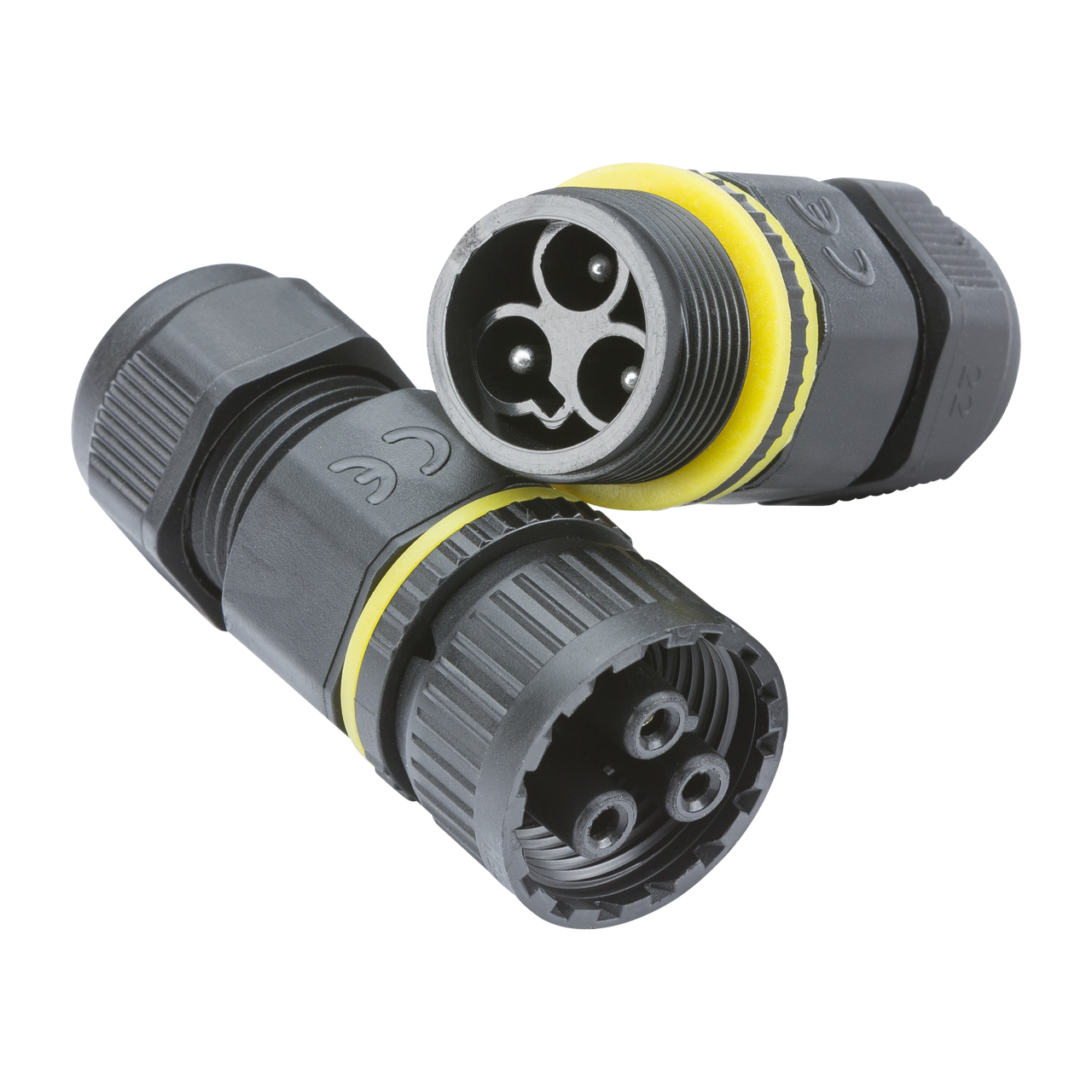Introduction:
In modern electrical systems, ensuring the safety and reliability of power transmission is of paramount importance. Shielded cables play a crucial role in achieving this goal by providing an extra layer of protection against electromagnetic interference (EMI) and electrical noise. Shielded cables are widely used in electrical panels, where they help maintain signal integrity, reduce signal degradation, and minimize the risk of electrical hazards. This article explores the significance of shielded cables in electrical panels, discussing their construction, benefits, applications, and considerations.
1. The Basics of Shielded Cable:
1.1 What is a Shielded Cable?
Shielded cables, also known as screened cables, are electrical cables that incorporate a conductive layer around the core conductor(s) to shield against external electromagnetic interference. This shielding layer typically consists of a metallic foil or braid, which acts as a barrier, preventing the penetration of unwanted signals.
1.2 Types of Shielding:
There are various types of shielding used in electrical cables, including foil shielding, braid shielding, and combination shielding. Foil shielding involves wrapping the cable with a thin metallic foil, whereas braid shielding employs a woven mesh of metallic strands. Combination shielding utilizes both foil and braid shielding to maximize protection against EMI.
2. Benefits of Shielded Cable in Electrical Panels:
2.1 Electromagnetic Interference (EMI) Reduction:
Electrical panels are often exposed to various sources of electromagnetic interference, such as power lines, radio waves, and nearby electronic devices. Shielded cables help minimize the impact of EMI by attenuating external electromagnetic fields and preventing them from interfering with the transmitted signals. This reduction in EMI helps maintain signal integrity, thereby improving the overall performance of the electrical panel.
2.2 Noise Reduction:
Electrical noise can result from various factors, including crosstalk, ground loops, and electromagnetic radiation. Shielded cables provide an effective solution for reducing noise levels in electrical panels. The shielding layer acts as a barrier, preventing the noise signals from entering or escaping the cable, resulting in cleaner and more reliable signal transmission.
2.3 Safety Enhancement:
Shielded cables also contribute to safety improvements in electrical panels. By minimizing Power Cable and noise, shielded cables help prevent signal distortion and voltage fluctuations that could potentially damage sensitive equipment or disrupt critical processes. Additionally, the shielding layer provides an extra level of protection against electrical shocks by containing any potential leakage currents within the cable.

3. Applications of Shielded Cable in Electrical Panels:
3.1 Power Distribution:
In electrical panels used for power distribution, shielded cables are commonly employed to connect power sources, such as transformers or generators, to the panel's main distribution board. The shielding helps prevent EMI from affecting the transmission of power, ensuring efficient and reliable distribution within the panel.
3.2 Control Systems:
Control systems in electrical panels require precise and accurate signal transmission. Shielded cables are extensively used in these applications to maintain signal integrity and minimize the impact of EMI. Control signals, such as analog or digital signals for sensors, actuators, and programmable logic controllers (PLCs), benefit greatly from the shielding layer, as it prevents interference that could compromise the system's performance.
3.3 Data Communication:
With the increasing reliance on data communication in modern electrical panels, shielded cables have become essential for transmitting high-speed data signals. Ethernet cables, for instance, utilize shielding to protect against external electromagnetic interference, ensuring reliable and uninterrupted data transmission in industrial automation, building management systems, and other applications.
4. Considerations for Shielded Cable Usage in Electrical Panels:
4.1 Cost:
Compared to unshielded cables, shielded cables tend to be slightly more expensive due to the additional materials and manufacturing processes involved. However, the cost is justified by the enhanced performance and increased reliability they offer, making them a worthwhile investment, especially in critical applications.
4.2 Installation and Maintenance:
Proper installation and maintenance are crucial for maximizing the benefits of shielded cables in electrical panels. It is important to follow manufacturer guidelines for cable routing, grounding, and termination to ensure effective shielding and minimize the risk of unintended signal leakage or interference.
4.3 Compatibility:
When incorporating shielded cables in an existing electrical panel, it is essential to consider the compatibility of the cables with the panel's connectors, terminals, and other components. Proper matching of impedance levels and adherence to industry standards will ensure optimal performance and avoid any compatibility issues.
4.4 Environmental Factors:
Shielded cables should also be selected based on the environmental conditions in which they will be installed. Factors such as temperature extremes, moisture, chemicals, and UV exposure may impact the cable's performance and durability. Choosing cables with appropriate ratings and protective jackets helps ensure long-term reliability.
5. Conclusion:
Shielded cables play a vital role in maintaining the safety, performance, and reliability of electrical panels. By effectively reducing electromagnetic interference and noise, shielded cables provide a robust solution for achieving optimum signal integrity in power distribution, control systems, and data communication applications. While the initial cost of shielded cables may be slightly higher, the benefits they offer in terms of improved safety, reduced downtime, and enhanced system performance make them a worthwhile investment. Careful consideration of installation, maintenance, compatibility, and environmental factors ensures the optimal utilization of shielded cables in electrical panels, safeguarding critical operations and ensuring seamless power transmission.
